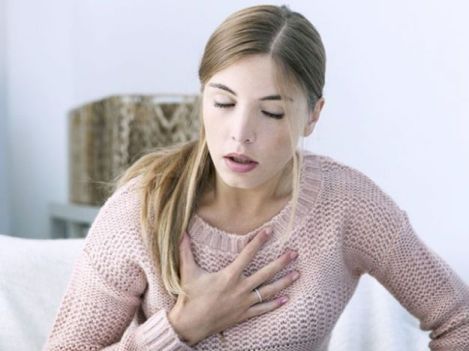Facial paralysis: Causes, Diagnosis and Treatment
The facial paralysis, the causes can be diverse, it is a disorder of neurological origin which involves partial or total loss of voluntary movement of facial muscles, a progressive loss, especially affecting those who are involved in swallowing and breathing.
The so-called motor neurons of the brain are activated in response to certain stimuli, and automatically or voluntary. This pathology involves an alteration of this system as complex as important. Among the causes of facial paralysis may be diseases of the peripheral nerves as diseases of the brain stem. What are the symptoms of facial paralysis? What are the causes? What treatment is most appropriate?
Table of Contents
Symptoms
Facial paralysis, as we have pointed out, has a neurological origin and affects especially the swallowing and respiratory muscles. Among the most obvious symptoms, there are the loss of muscle tone and weakness of the upper and lower extremities as well as the progressive failure of the respiratory muscles.
Due to the facial paralysis can also be seen hypotonia or reduction of muscle tone.
Causes
What are the causes of facial paralysis? Diseases such as botulism, poliomyelitis, infection of West Nile virus, myasthenia gravis (an autoimmune neuromuscular disease), Guillain-Barre syndrome, nerve disorders, lack of potassium or Lyme disease may be behind facial paralysis. We must also point out other causes such as abuse of certain drugs or severe neurotrauma.
Diagnosis and treatment
It is important to see a doctor as soon as detected the first symptoms to do an accurate diagnosis and, from there, decide what the best appropriate treatment to do against the disease, depending on its severity and the patient’s health status, as well as medical history.
Generally, the treatment involves the administration of certain drugs to relieve symptoms such as antibiotics (if bacterial infection), corticosteroids or immunoglobulins but must be prescribed from a doctor first. Also, it is necessary to pay attention to breathing problems, since one of the leading risks of this disease is the death from respiratory arrest. The onset of respiratory problems requires early intervention, with assisted ventilation or tracheostomy.
